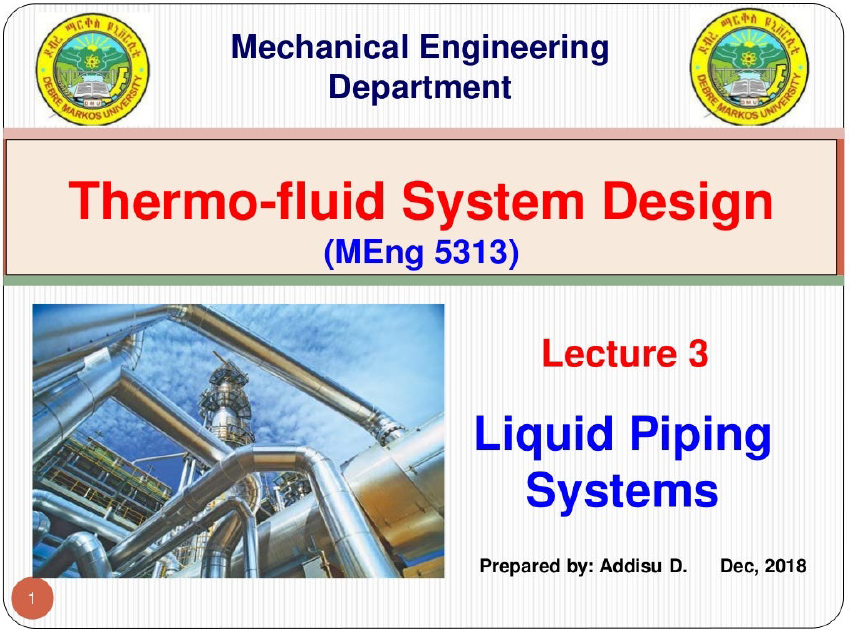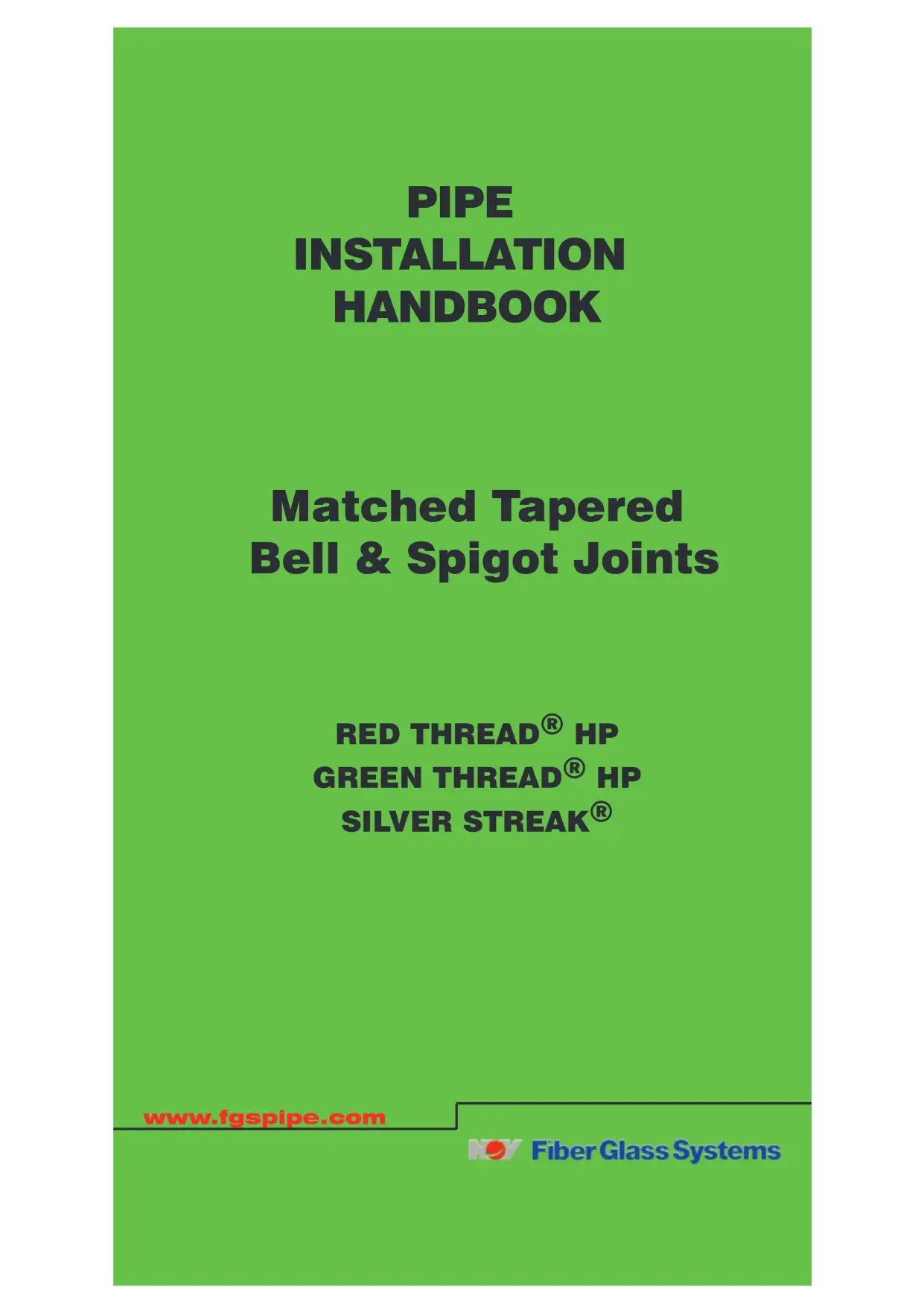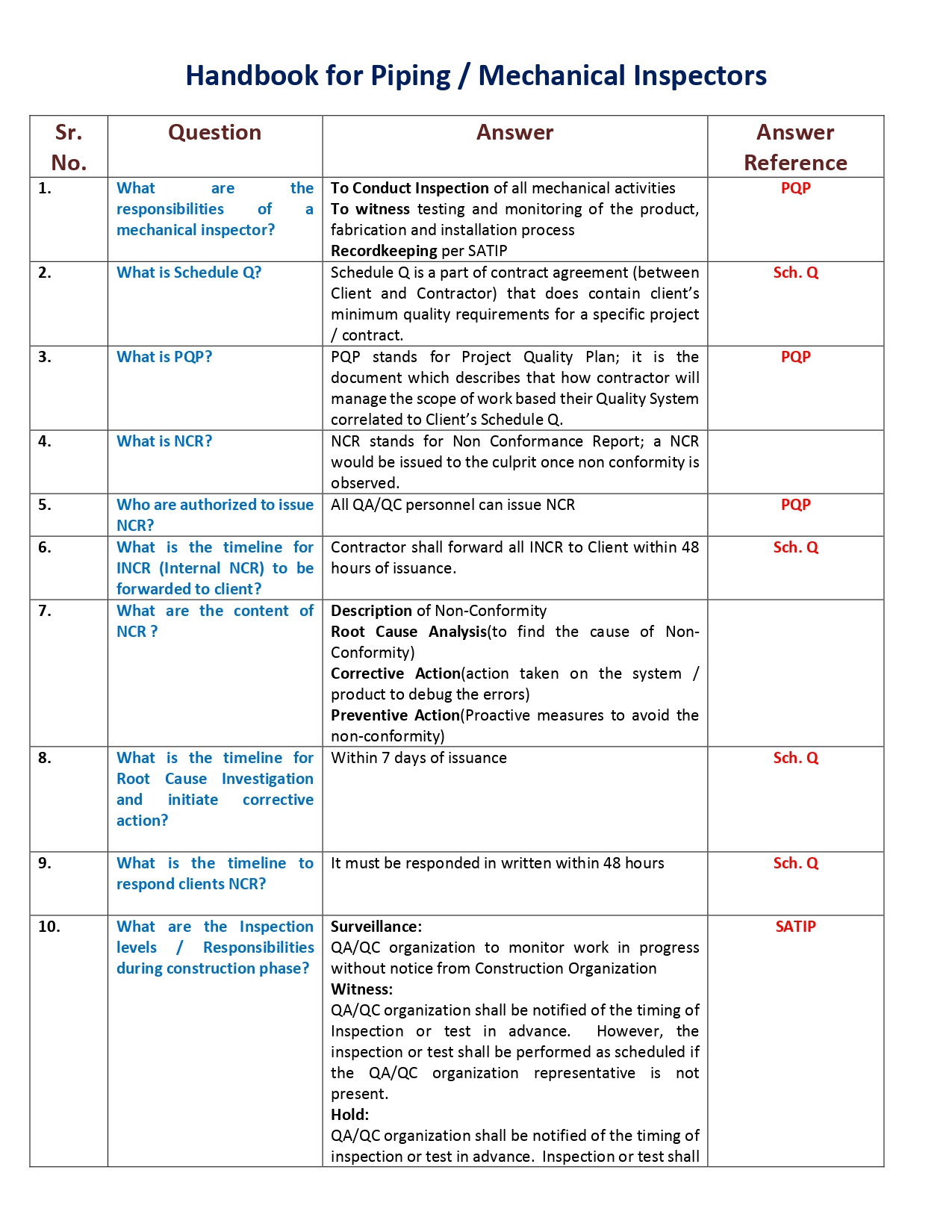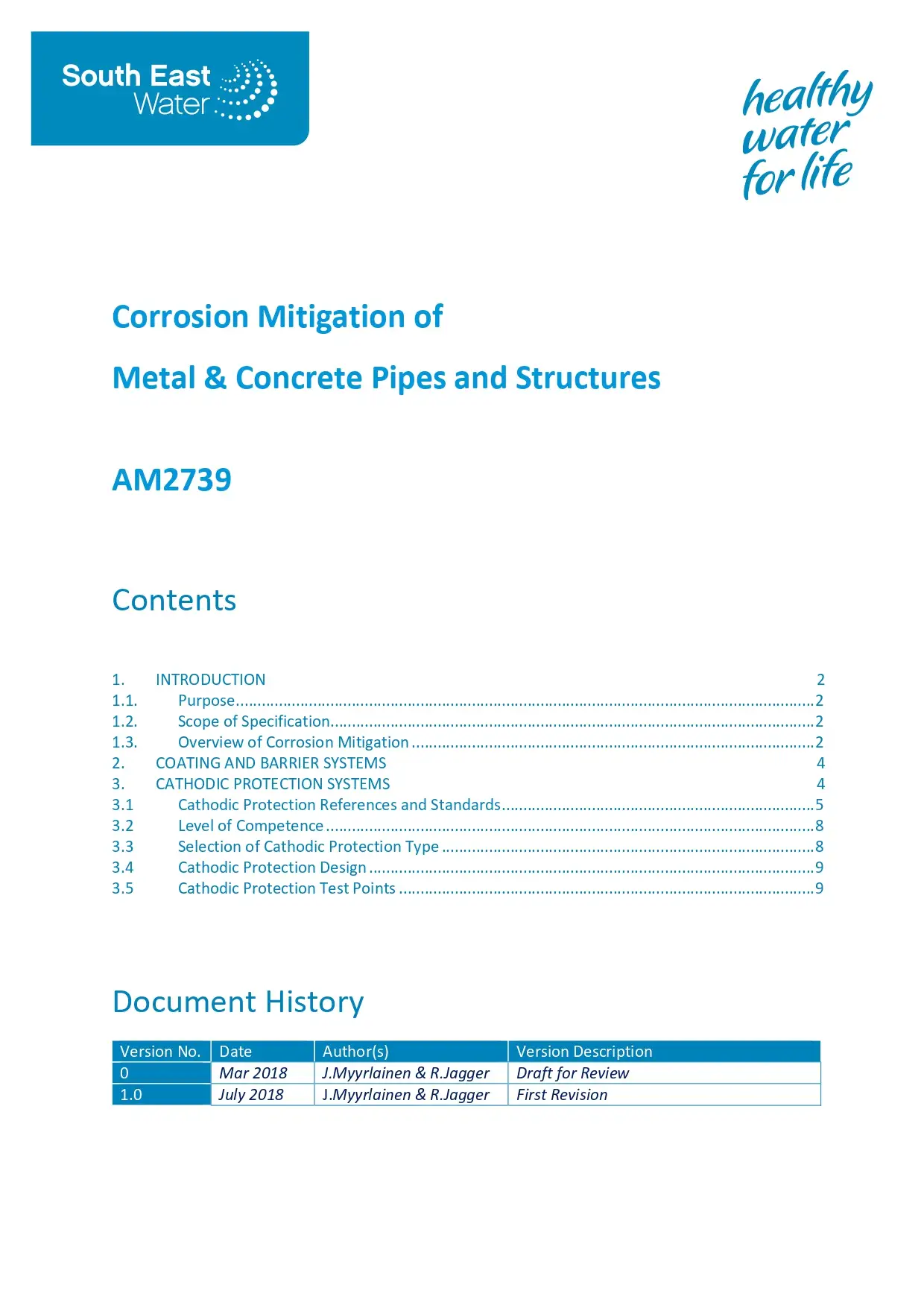Pipeline Coatings
Author : Y. Frank Cheng, FNACE
Richard Norsworthy, NACE Corrosion Specialist
Pipelines have effectively and efficiently transported large quantities of crude oil, natural gas, and diluted bitumen from production sites (usually remotely located) to refineries and markets. Compared to other transport modes such as rail, truck, and boat, pipelines are safer, more economic, and emit less carbon as they transport cargo across provinces, countries, and continents [Behar and Al-Azem, 2015]. With rapidly growing global demands for energy, oil and gas production has expanded substantially due to major technological advances. This expansion drives the increased need for new pipelines. For example, the U.S. is expected to achieve an average of 12.2 million barrels per day (bpd) with the production of oil, liquefied natural gas (LNG), and condensates, making it the world’s largest producer of combined crude liquids [Cope, 2014]. In Canada, it is forecasted that by 2018, approximately 3.37 million bpd oil sands will be produced [Cope, 2015]. As a result, various ambitious plans have been proposed for new-build and expansions of pipelines to gather oil/gas products for delivery to markets.
Only logged in customers who have purchased this product may leave a review.















Reviews
There are no reviews yet.